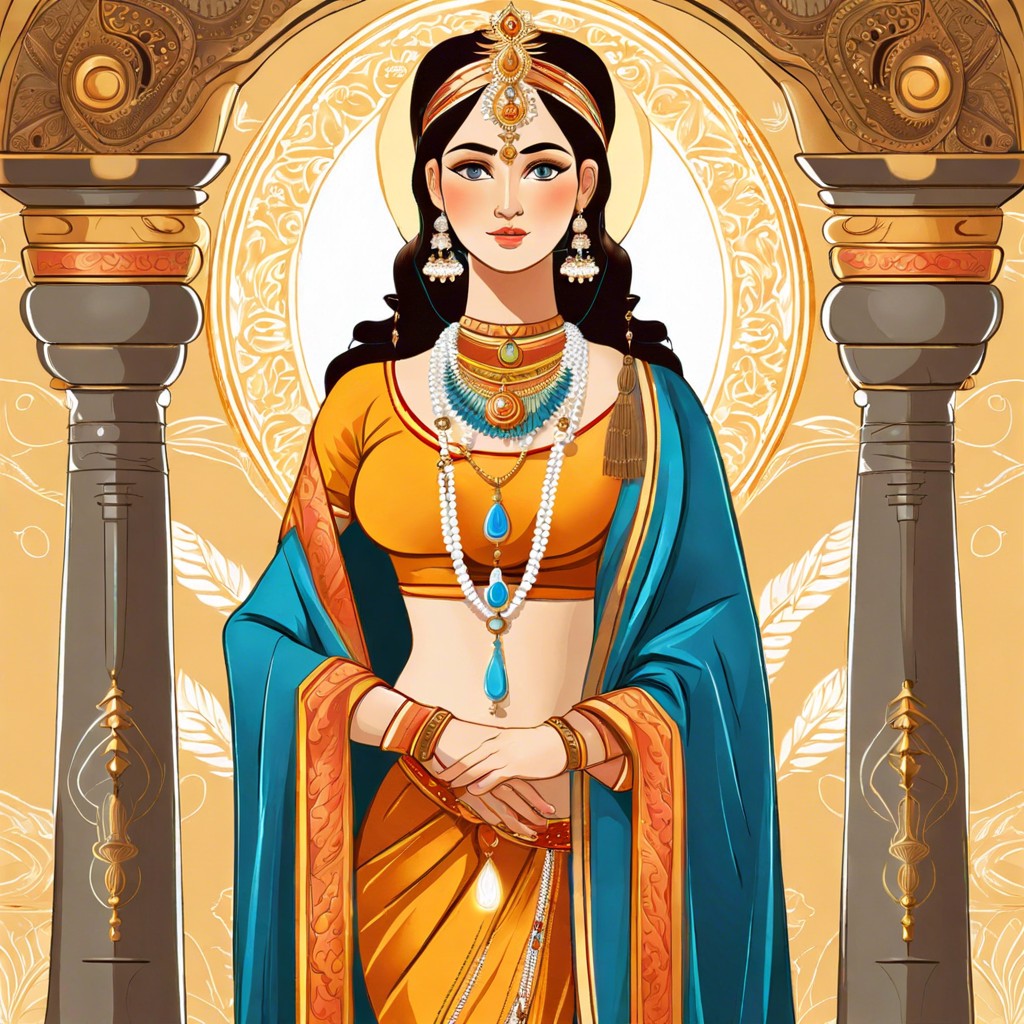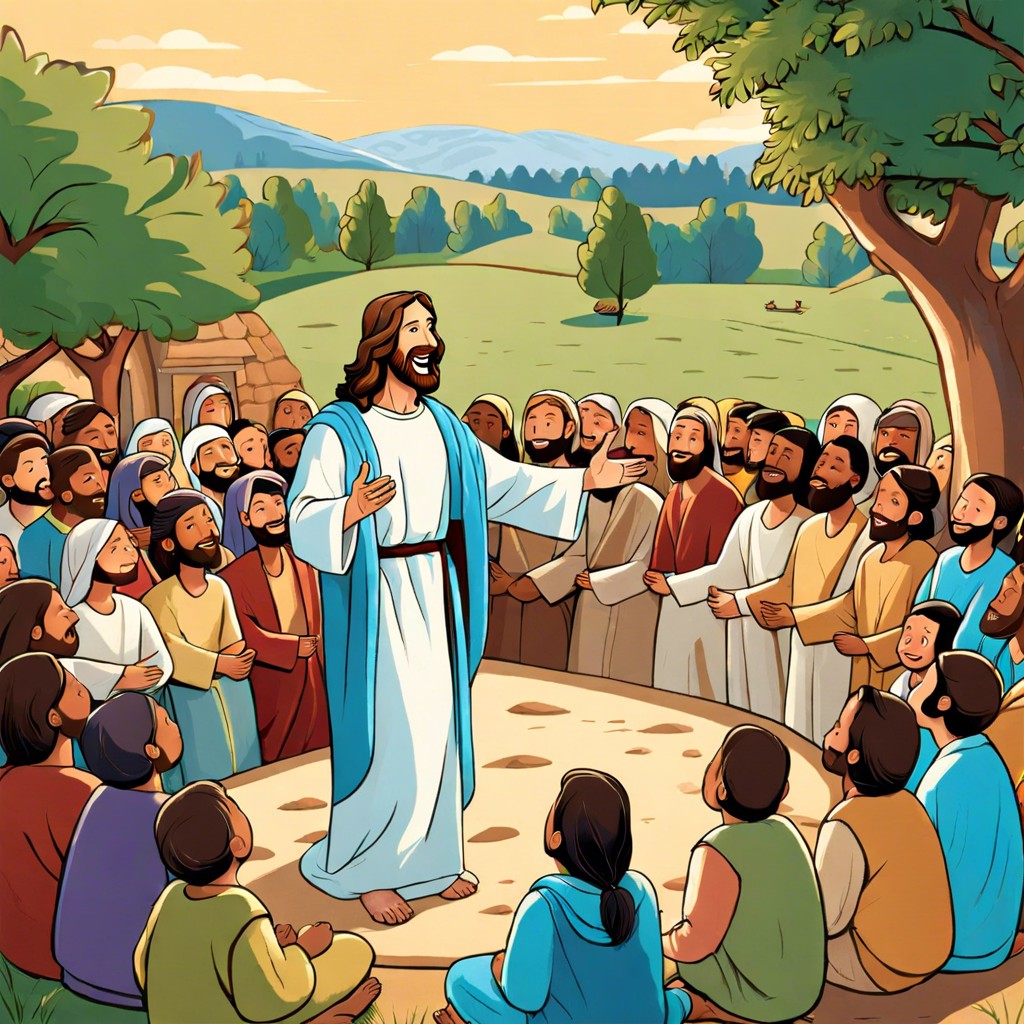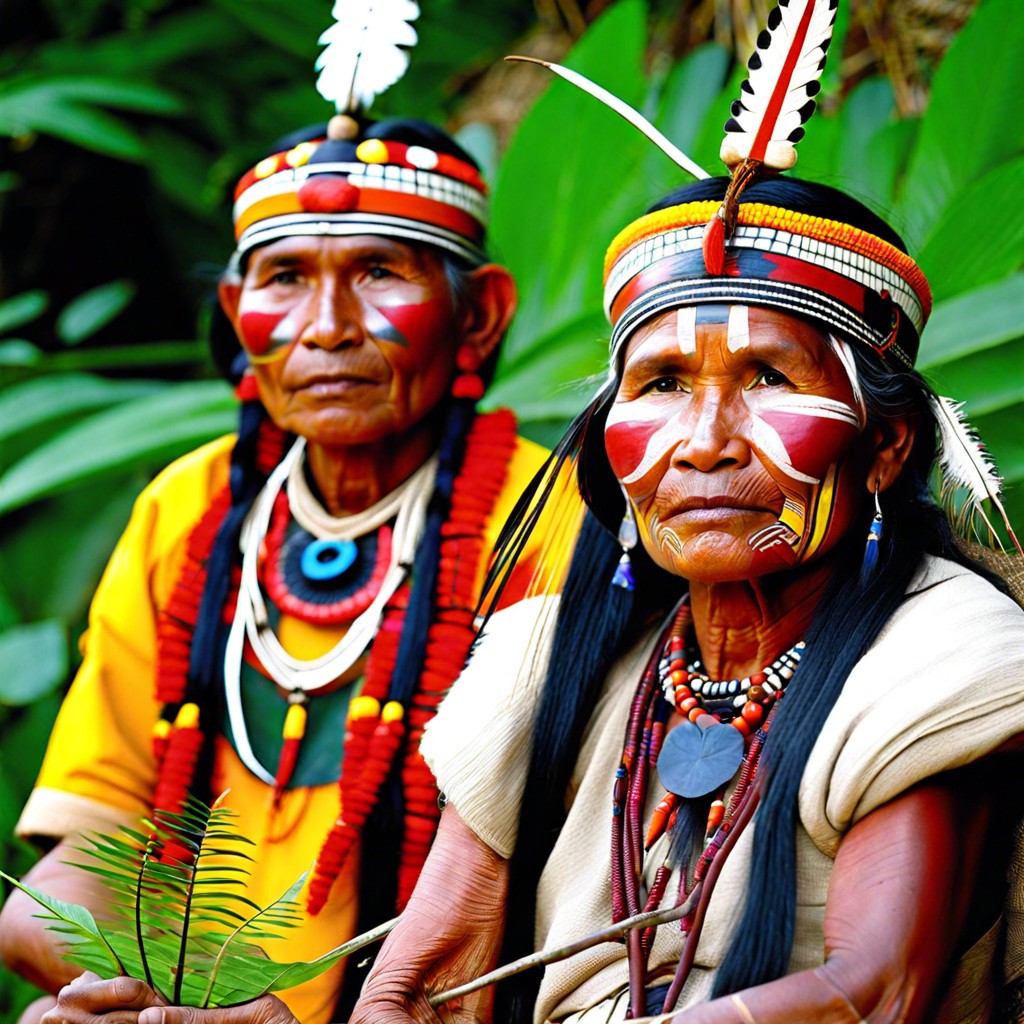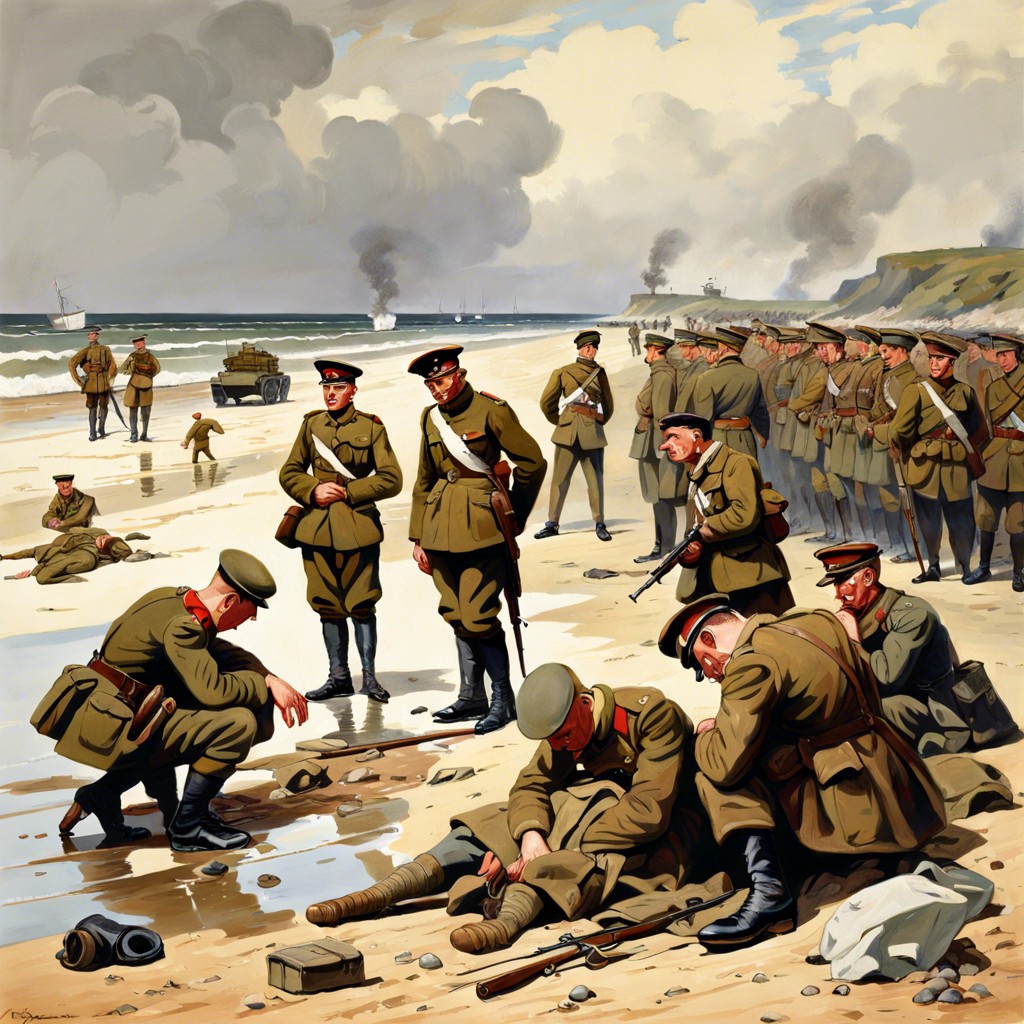Imagine a world where Neanderthals survived, and discover how their coexistence with modern humans might twist the fabric of our society, technology, and culture.
Imagine a world where your next-door neighbor’s DNA is peppered with Neanderthal blueprints. What would our ‘hood look like if these robust folks had stuck around? Our cultural quirks would morph, evolutionary biology textbooks would need revisions, and tech might take a surprising twist. Curious about how ecosystems would cope, or whether there’d be territorial tiffs? Buckle up; we’re diving deep!
Key takeaways:
- Ethnic diversity enhanced by Neanderthal ancestry, reshaping society.
- Genetic diversity boosts medical science, adds cognitive influence to humans.
- Robust physical build leads to innovative tools. Neanderthal logic shapes gadgets.
- Neanderthal resilience unlocks therapies. Nature connection revolutionizes sustainability.
- Interaction disrupts ecosystems, influences species, and alters landscapes.
Impact On Modern Human Culture and Society
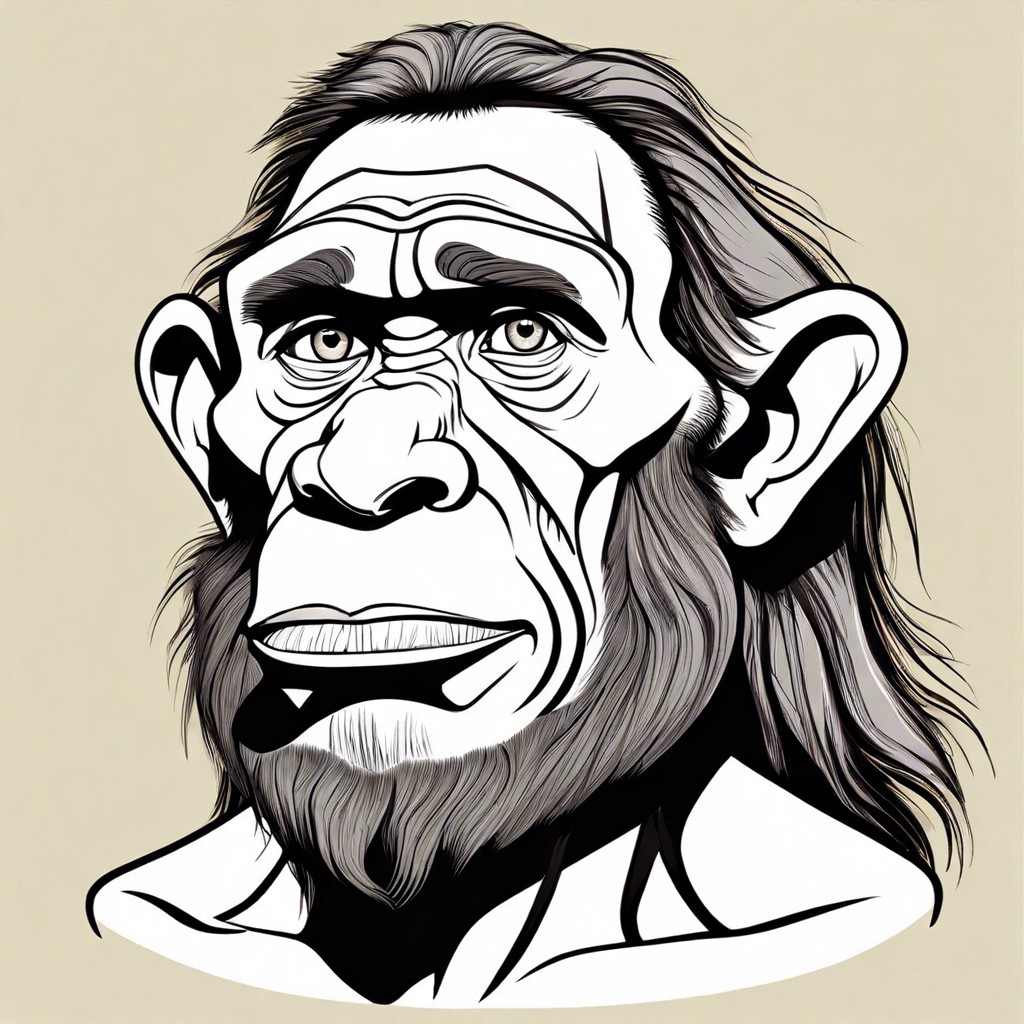
Imagine a world where Neanderthals and modern humans co-exist. Picture walking down the street and casually bumping into a Neanderthal at your local coffee shop. What kind of impact would this have on our culture and society?
For starters, ethnic diversity would get a whole new dimension. Forget about DNA tests just telling you you’re part Irish; they’d have to include percentages of Neanderthal ancestry. Family reunions would be like sci-fi conventions.
Education systems would also see a shake-up. History lessons would include chapters on Neanderthal contributions to civilization. School plays? Romeo and Juliet becomes a modern human and a Neanderthal from rival tribes.
Fashion trends? You bet Neanderthal chic would be a thing. Animal pelts and rugged survival gear could grace the pages of glossy magazines. And Instagram influencers? They’d have whole new niches—think ancient hunting tips mixed with modern lifestyle advice.
Social structures would be fascinating. Perhaps Neanderthal traditions would meld with human customs, creating a rich tapestry of hybrid cultures. Festivals and holidays? Imagine celebrating Neanderthal New Year alongside our Gregorian one.
Let’s not even get started on entertainment. The next blockbuster movie might very well feature Neanderthal heroes saving the day with their unique perspective and skills. And yes, someone would make a sitcom titled “Neanderthals Next Door.”
In essence, the cultural landscape would be vastly richer, more diverse, and infinitely more intriguing.
Evolutionary Biology and Genetic Diversity
Picture our family tree branching out a bit more extravagantly. The survival of Neanderthals would have added a hefty chunk to our gene pool. These hearty hominids already left us with traces in our DNA; imagine if they were still around in strength.
First off, increased genetic diversity could mean a treasure trove for medical science. Neanderthal genes could have carried unique resistances to diseases or different metabolic pathways, gifting us with a broader spectrum of biological tools to study and perhaps emulate.
Then there’s the right brain-hemisphere kick. If they had distinct cognitive abilities, Neanderthals may have influenced art, language, or even our problem-solving techniques. A little more abstract thinking here, a splash of practical innovation there, and you’ve got yourself a recipe for an even richer human experience.
Lastly, think natural selection, but with a twist. Their survival could have led to a dynamic evolutionary interplay. Diverse climate adaptations and survival strategies would offer us fresh perspectives on resilience. Fancy a genetic cocktail that doesn’t just fend off colds but also knows how to thrive in varied environments? Mix in a little Neanderthal spice. There you have it: evolution’s answer to brainstorms, with Neanderthals adding their unique bursts of lightning.
Technological and Scientific Advancements
Imagine the leaps in technology with an added Neanderthal perspective! For starters, their robust physical build might lead to innovations in ergonomic tools and devices, focusing on strength efficiency. Modern gyms beware; Neanderthal-designed equipment would put your kettlebells to shame.
Next, consider the potential for diverse intellectual collaboration. Neanderthal brains, with their unique structure, could offer fresh problem-solving approaches and creativity. Our gadgets might look entirely different, shaped by Neanderthal logic.
Furthermore, in medicine, we’d benefit from Neanderthal resilience. Their genetics could unlock new treatments and therapies, enhancing human health. Think Wolverine-like healing factors, but more plausible and less comic book-esque.
Finally, their profound connection to nature could revolutionize sustainable technologies. Renewable energy, eco-friendly materials, and conservation practices might evolve to new heights. Hugging trees would no longer be just for hippies; it’d be for survival experts!
Environmental and Ecological Changes
Imagine Neanderthals strolling through the same forests as modern humans. This could stir quite the ruckus in ecosystems worldwide.
First off, we’d need more space. Neanderthals were hunters, and their prey would’ve been shared with early humans. Bison and deer wouldn’t stand a chance. The competition for these resources might have driven certain species to adapt differently or, gulp, face extinction.
Speaking of adaptations, both Neanderthals and humans would be constantly evolving. Flowers, plants, and even tiny insects might have been influenced by the distinct ways these two humanoids interacted with their surroundings.
The food chain would get a bit more tangled. Predators might start eyeing Neanderthals as a snack, while Neanderthals would add to the predators list. Lions and wolves might have had to reconsider their dinner plans.
Fires set by Neanderthals for cooking or warmth could reshape local environments, leading to different forest structures. Their tool-making techniques might even leave unique marks on the landscape, like ancient graffiti artists leaving a legacy.
Finally, let’s talk migration patterns. With Neanderthals sticking around, they would’ve influenced where humans settled, possibly creating unique urban-natural juxtapositions.
So, triple, no, quadruple your recycling efforts. Our planet’s ecosystem would’ve been a hectic, vibrant place, balancing Neanderthals and humans together.
Interactions and Conflicts Between Species
Interactions between Homo sapiens and Neanderthals would have been wild, right? Imagine the ultimate neighbor squabble but with more grunts and flint tools!
- Resource Competition: Think about the competition for resources—food, shelter, mates. Picture your morning coffee run, but now you’re competing with burly Neanderthals for the last frothy cappuccino. It could have led to both cooperation and conflict as resources dwindled or became harder to obtain.
- Cultural Exchange: The exchange of ideas, tools, and techniques would spice things up. Your baking skills might just get a Neanderthal twist! They were pretty clever with tools and fire, so we could’ve learned a thing or two from each other.
- Territorial Disputes: Game of Thrones has nothing on prehistoric turf wars. Clashes over hunting grounds and settlements would definitely have been a thing. Today, we might be reading history books about epic battles for cave supremacy.
- Hybrid Vigour: Love conquers all, doesn’t it? Interbreeding would produce hybrid offspring, leading to genetic diversity. You might have found yourself arguing with your parents not about curfews but which side of the family inherited the Neanderthal strength!
- Alliances and Diplomacy: On the flip side of conflict, there could have been alliances. Think of it as early diplomacy. Humans and Neanderthals forming pacts to fend off large predators or face harsh winters together.
Neanderthals surviving would’ve turned history into a veritable mix of conflict, cooperation, and curious cohabitation.
